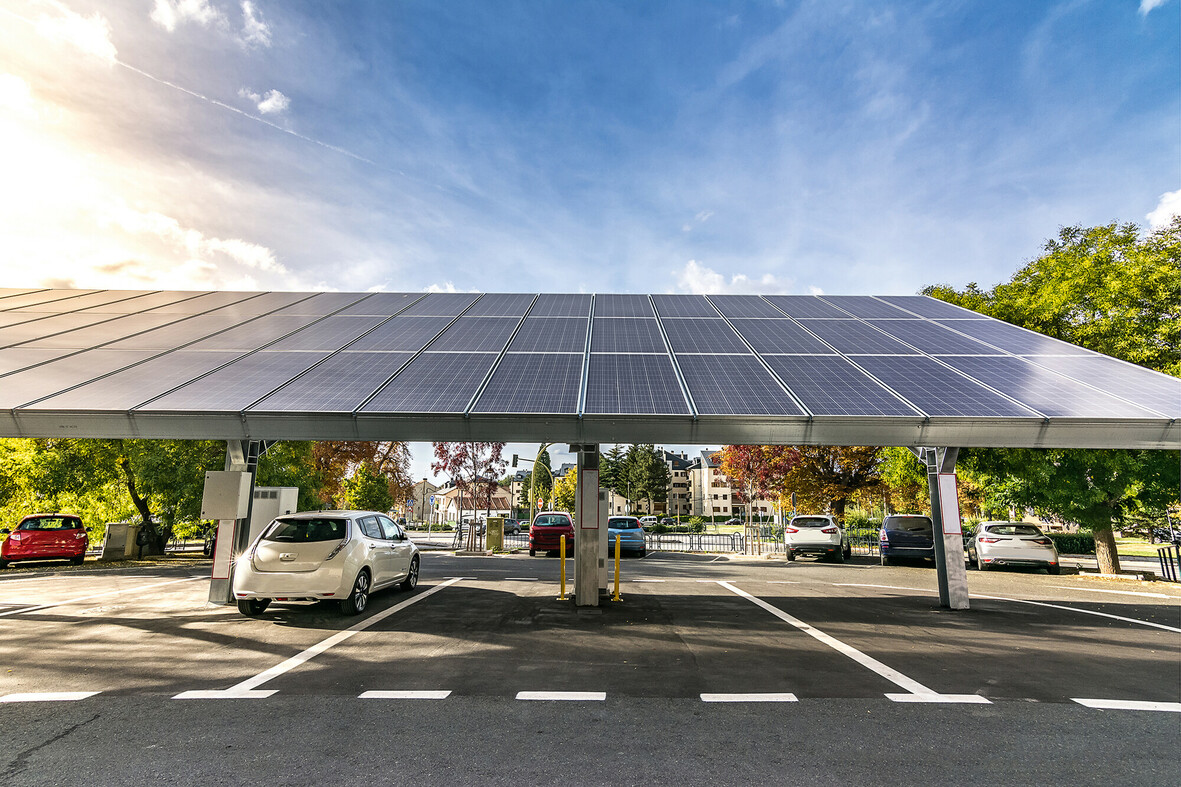News #13
Project FEDECOM: Flexible and Interoperable Energy Communities
The new Horizon Europe project FEDECOM (FEDErated "system of systems" approach for flexible and interoperable energy COMmunities) focuses on the implementation of integrated local energy systems through sector coupling and cross-energy vector integration. FEDECOM will provide a scalable and adaptable cloud-based platform consisting of analysis, modelling, and optimization services for the planning, monitoring and control of integrated local energy communities. This project, coordinated by Veolia, involves 17 partners from 7 European countries.
The many challenges posed by renewable energy production and constraints on traditional energy network models (stability of network operation, intermittent nature of renewable energy production, business models, etc.) make overcoming the complexities of this transition even more necessary. FEDECOM will target these issues by designing solutions to predict, control and manage intermittent energy sources for highly variable load profiles. Sector coupling between energy carriers (to introduce additional degrees of freedom for energy conversion and dispatch, by improving the hosting capacity of renewable energy sources) presents itself as a relevant solution, as it unlocks demand flexibility.
Federated energy communities, the heart of FEDECOM
FEDECOM will enable the coupling of renewable energy, storage and power-to-X technologies, ensuring efficient, stable and reliable grid operation. Three large-scale pilot sites in different technical, market and climatic contexts will demonstrate the integrated operation of hybrid RES/storage infrastructures, while enabling a holistic cooperative demand response (DR) strategy through federated energy communities. This concept unlocks flexibility through energy exchange and coordinated actions between nearby and remote sites, while maximizing the positive impact on the transmission level of the grid. A multi-layered federated system-of-systems approach across energy carriers and sectors will allow for optimal energy management of the federated communities, as well as better interaction with the grid.
The FEDECOM solution is attractive for a multitude of stakeholders, including aggregators, energy service companies (ESCOs), energy utilities (single or multiple energy-carrier), grid operators at both transmission and distribution levels, technology providers (of renewable energy sources and storage units, power-to-X assets, control and management tools, etc.), energy communities and municipalities.
Within the FEDECOM project, Fraunhofer ISE is responsible for the follow-up specification of sector coupling demo scenarios, the cross-vector modelling of energy dispatch networks and the development of field-level system interfacing and communication protocols. “We also bring in our competences for energy asset and system-level modelling and the simulation of storage systems”, explains Md Nasimul Islam Maruf, project manager at Fraunhofer ISE.
Project ambition and expected impacts
The project aims at reaching 20 to 50 per cent of energy cost savings for the final consumers. By means of cross-energy vector coupling and DR services, together with improved system stability and reduced grid maintenance, up to 30 per cent saving in total grid capital and operational expenditure are expected. The increased local renewable energy sources hosting will contribute to the EU 2030 target of 40% share of renewables in the energy mix. Therefore, it also contributes to the EU 2030 target for greenhouse gas emission reduction of at least 55 per cent.
This project has received funding from the European Union’s Horizon Europe research and innovation program under the grant agreement number 101075660.

Link to project
Last modified: